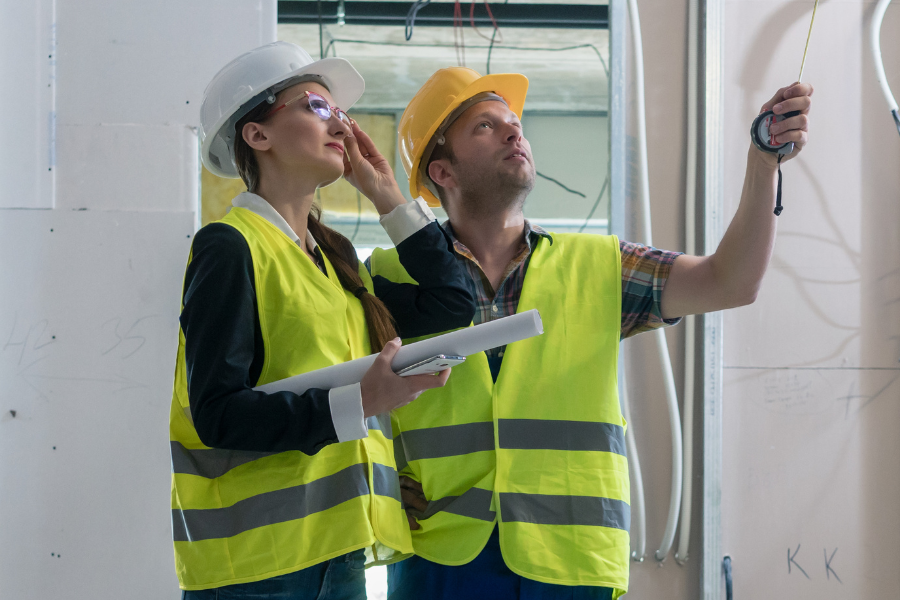We know women are under represented in the NZ construction industry. Stats NZ states 13% of construction workers are women, but that drops to just 3-4% when you look at how many are actually on the tools.
In an article appearing in JLG, they note the historical reasons why women have been slower to enter the trades in the past, but highlight the significant growth of women in these roles over the last few years. Albeit from a small base, the percentage of pipelayers, plumbers and pipe and steamfitters grew by 70% from 2017-2018!
As more women choose careers in construction, the more it becomes a pathway for other women to follow. It’s an increasingly popular choice for women, and the article suggests a few reasons for this. For example, women entering the industry will earn 99.1% of what men do, compared to an average of 81% across other industries (US data) making this a financially appealing choice as a woman. Many women also enjoy the hands-on nature of the work and get satisfaction by completing something tangible, such as a building.
These reasons and others mean that with fewer barriers, the construction sector has huge opportunities for increasing it’s talent pool by making it more inviting for the female workforce. Given that a shortage of skilled workers in the NZ construction industry is often quoted as a key business concern, surely this is looking like a match made in heaven!
But there is still a long way to go to get equal representation – about 47% by my calculations. The onus is on the construction industry to identify where the barriers are and how to reduce/remove them. The article gives a good overview of these barriers and some opportunities for organisations to improve their recruitment of women. These suggestions span the practical (make sure you have safety gear designed to fit both men and women), the cultural (education on unconditional bias) and human resources (have policies that support women in the workplace).
The construction industry offers a lot of opportunities for women, and by increasing diversity in the sector, it will in turn benefit with a larger potential pool of skilled workers. There are plenty of examples and precedents from other industries of how to make workplaces more inclusive for women – now is a great time to make it happen in construction.
NAVIGATING EXPECTATIONS: THE REALITY OF BIM FOR INTERIORS
The engineering details for interiors tends to be short, fast and with the potential for many clashes, resulting in a…
NAVIGATING CHANGE AND EMBRACING GROWTH: A CONVERSATION WITH IRINA CHERKASOVA
From the return to the office post-COVID to the impacts of governmental shifts on the industry, Irina provides candid…
HOW STRONG VALUES DRIVE CONFIDENT DECISION MAKING
Essentially, every decision made is crucial to our success, and yet we want our people to make these decisions…


